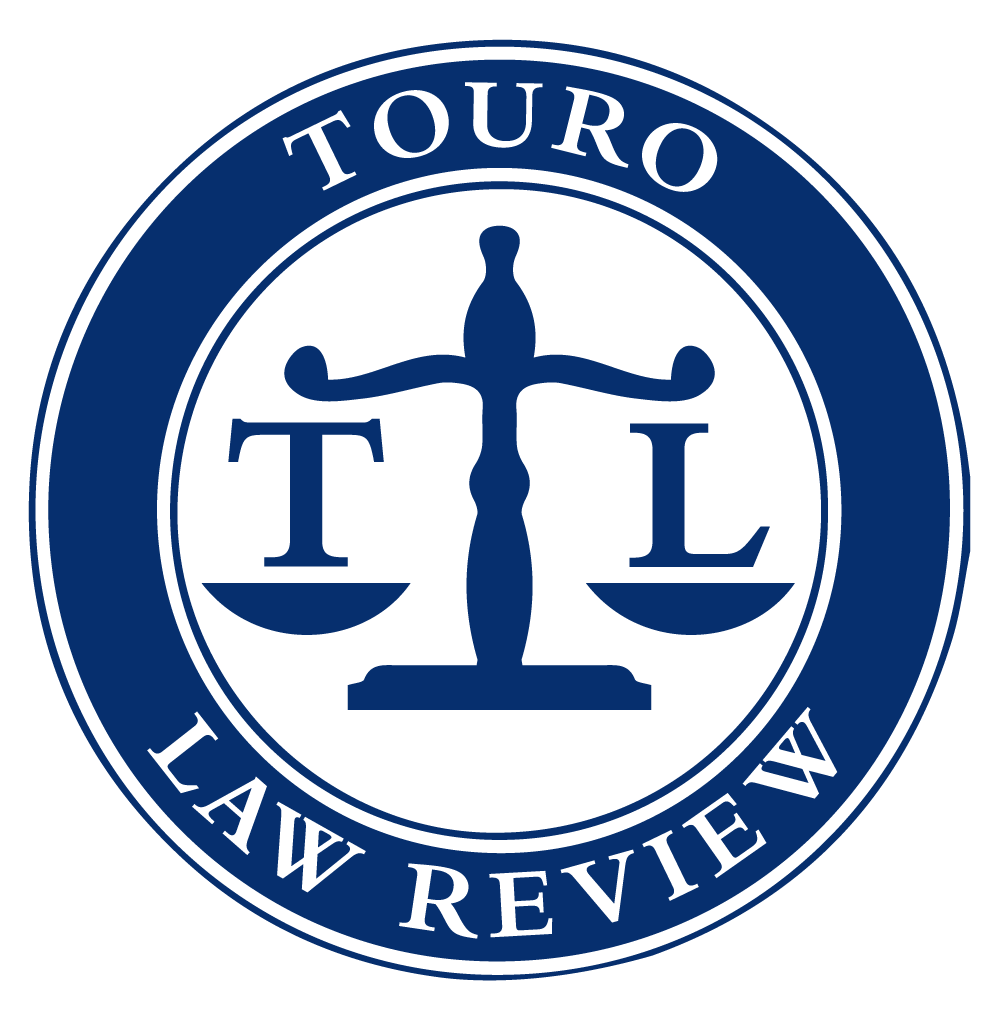
Touro Law Review
Abstract
Currently, there are no copyright protections for fashion designs in the United States. Proposed legislation that would provide such protection has been sitting in Congress for two years. Further, the Lanham Trademark Act only protects the origin of products, such as logos and trademarks. Even with the current available trademark protection, fashion houses, such as Louis Vuitton, and luxury jewelry firms, such as Tiffany & Company, have seen the Second Circuit make it more difficult to assert the protection. This increasing difficulty is due to a fear of overextending monopolies and taking an affirmative stance on who has the burden to police one's trademark. Finally, patent protection is available; however, it is only applicable in very limited circumstances in fashion.The problem with patent protection is that trends change almost monthly, and there is a long, costly process to be afforded a patent.
This Comment will discuss the available protections for the fashion industry through a survey of the three main types of intellectual property protection: patent, copyright, and trademark.
Patent will be discussed first because it is the least useful for the fashion industry. Copyright will be considered next; however, the discussion will be limited because of a general lack of protection for fashion. The examination of copyright protection will lead into a brief historical survey of copyright protection in the fashion industry and a discussion of the proposed Design Piracy Prohibition Act, currently pending in the United States Congress. The opposing view of this legislation will be considered as well, principally the idea that the act of copying actually cultivates intellectual property, which resonates through all forms of intellectual property protection and is not limited to just copyright. Lastly, trademark will be considered and afforded the majority of the discussion because it is the most concrete form of protection in the fashion industry. First, the trademark discussion will require that the difference between a "knock-off' and a counterfeit product be distinguished. This distinction is important in order to understand the requirements to bring an action for infringement. Based on this distinction, the various public policy arguments as to why one should not purchase counterfeit or knock-off products will be explored. Trademark infringement in the fashion industry will be explained through two very recent, prominent cases: Malletier v. Dooney & Bourke, Inc. and Tiffany(NJ) Inc. v. eBay, Inc. Lastly, the potential of trade dress protection in the fashion industry will be explored.
Recommended Citation
Giambarrese, Nicole
(2012)
"The Look for Less: A Survey of Intellectual Property Protections in the Fashion Industry,"
Touro Law Review: Vol. 26:
No.
1, Article 8.
Available at:
https://digitalcommons.tourolaw.edu/lawreview/vol26/iss1/8
Included in
Contracts Commons, Entertainment, Arts, and Sports Law Commons, Intellectual Property Law Commons


